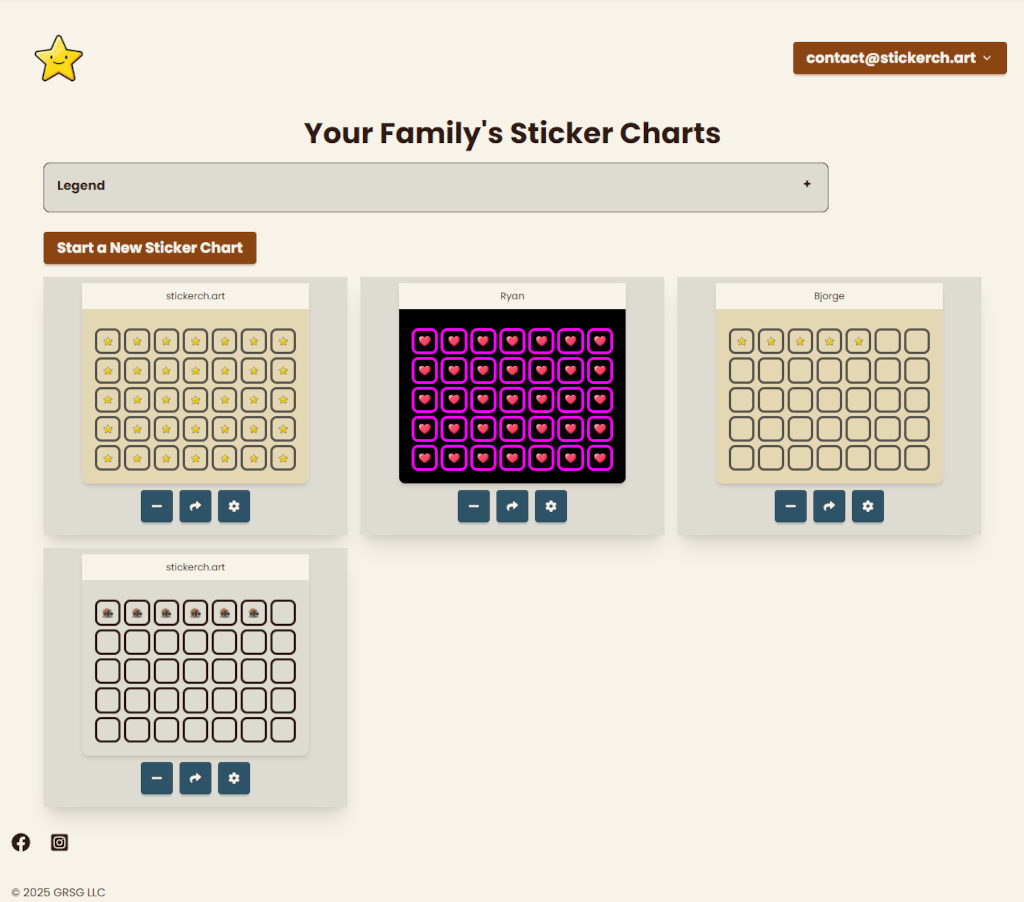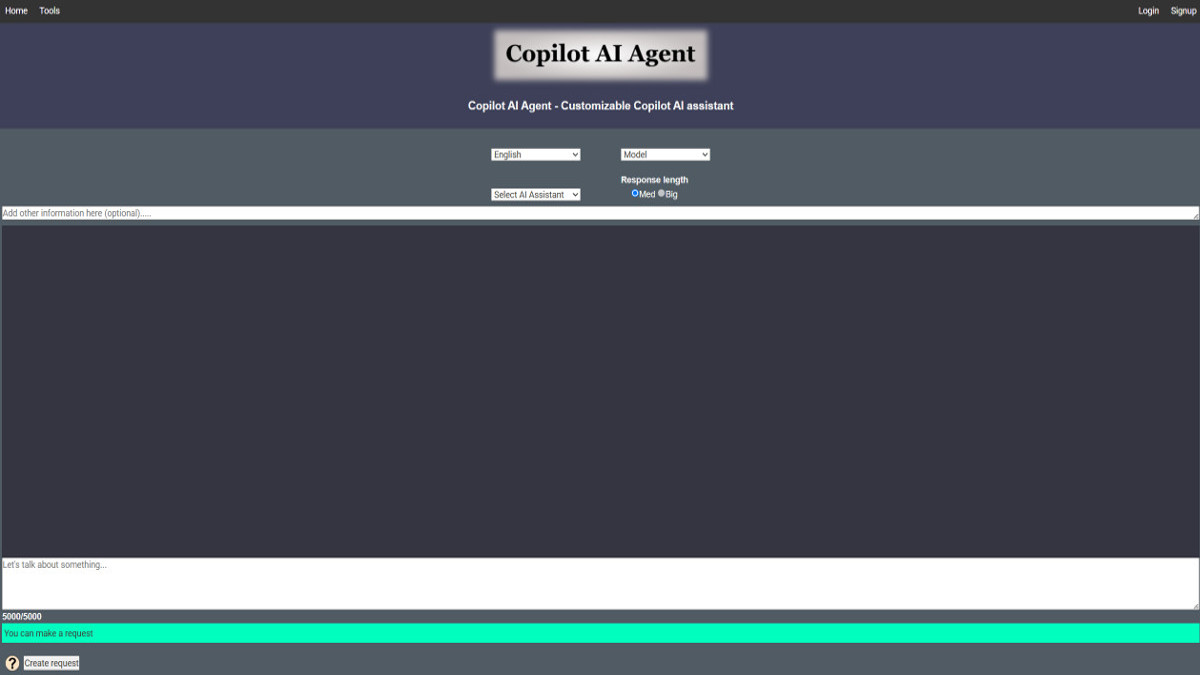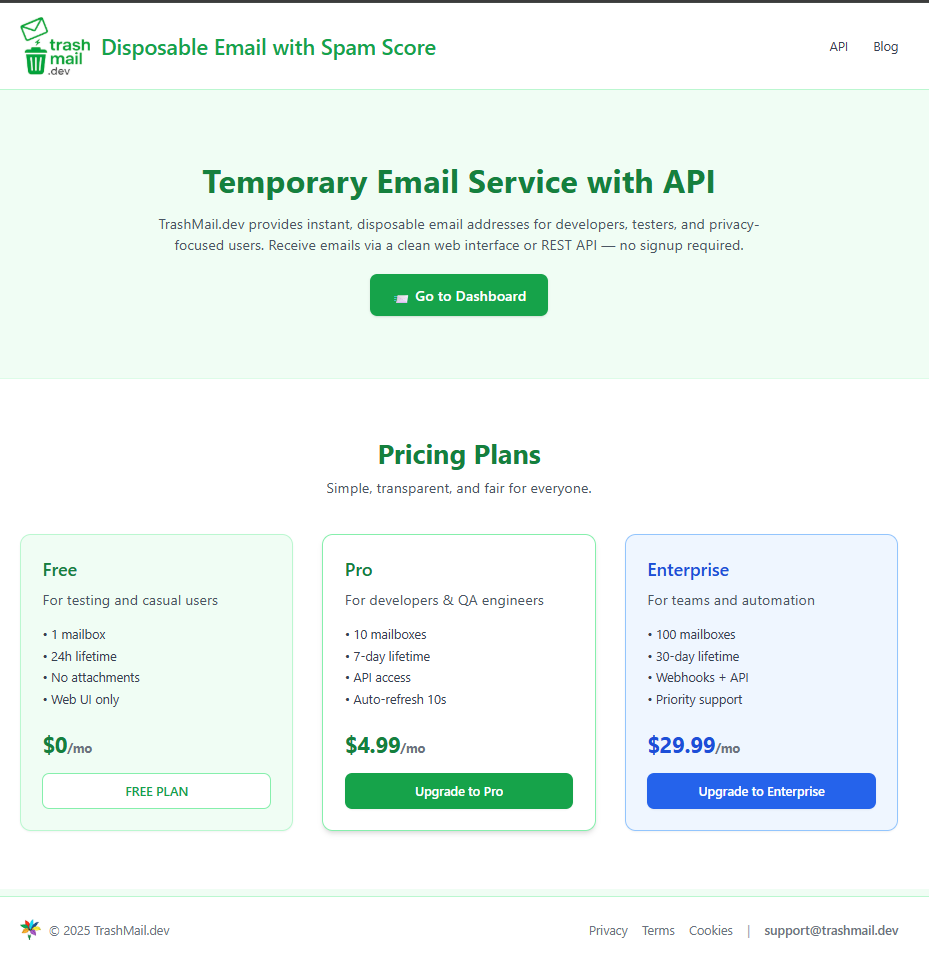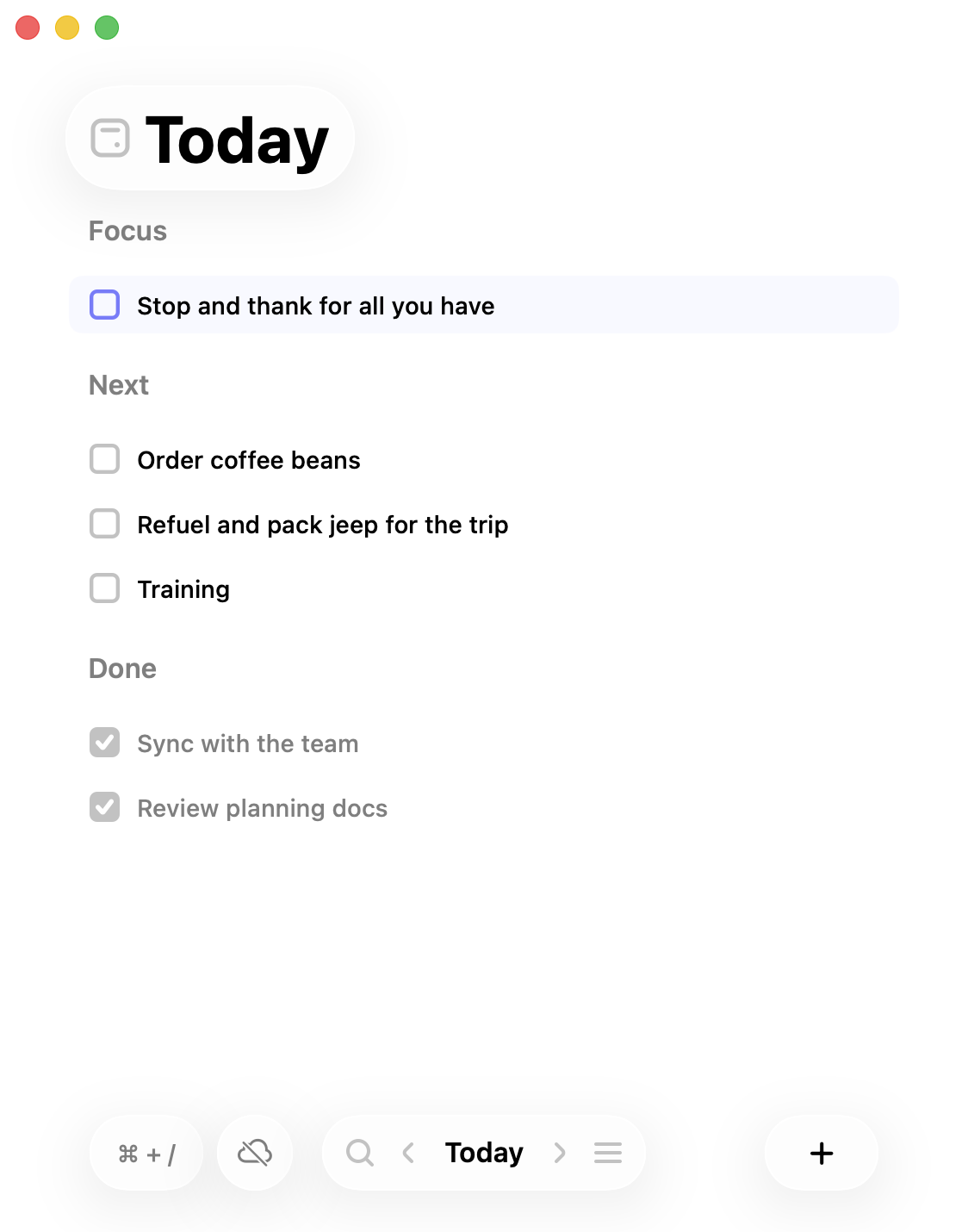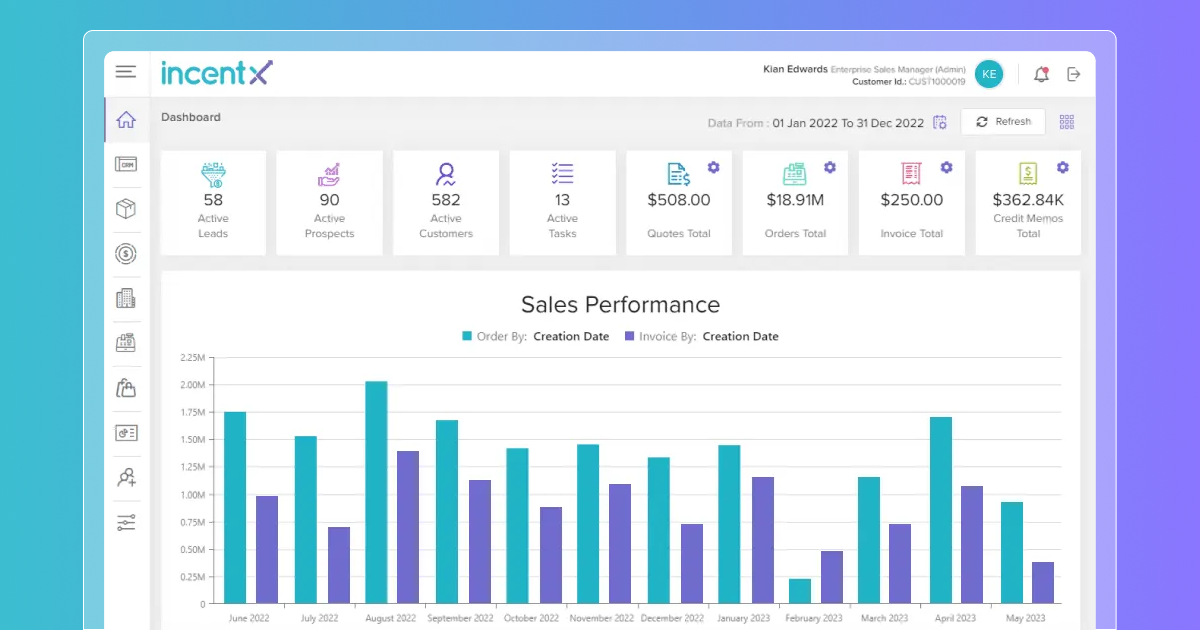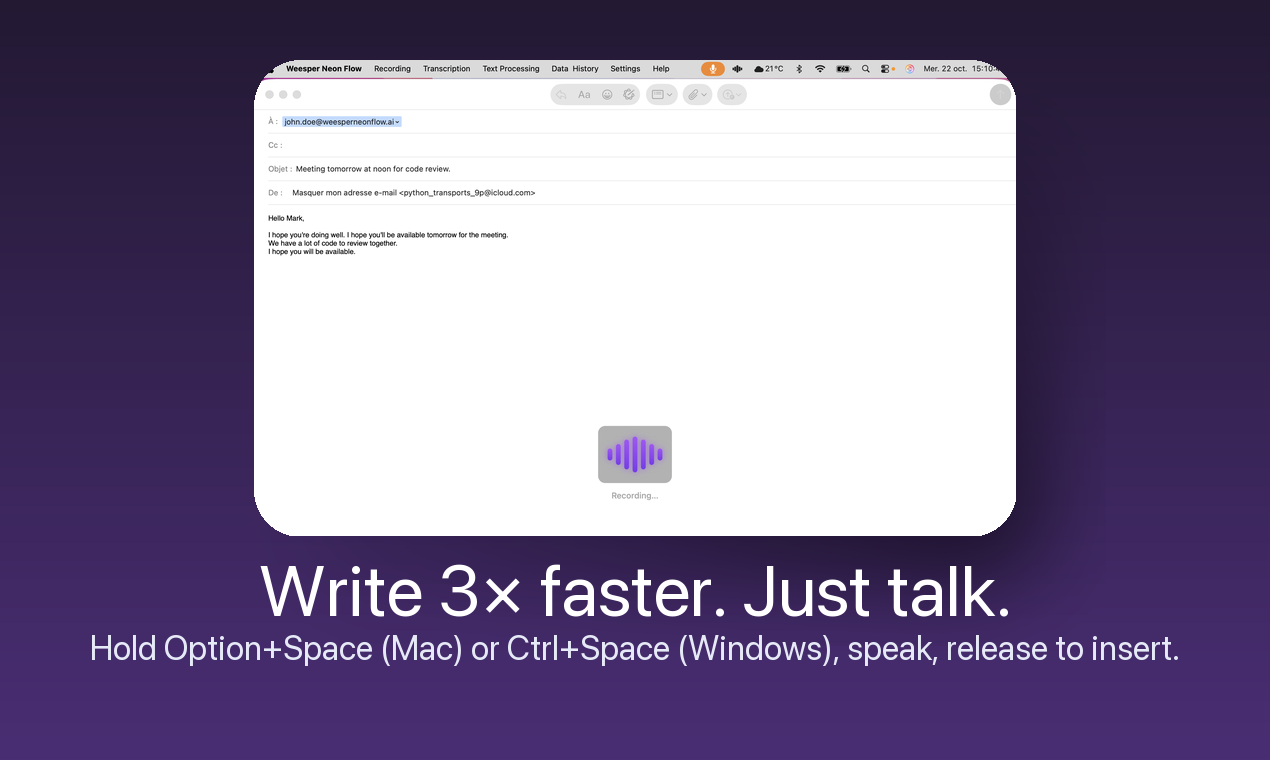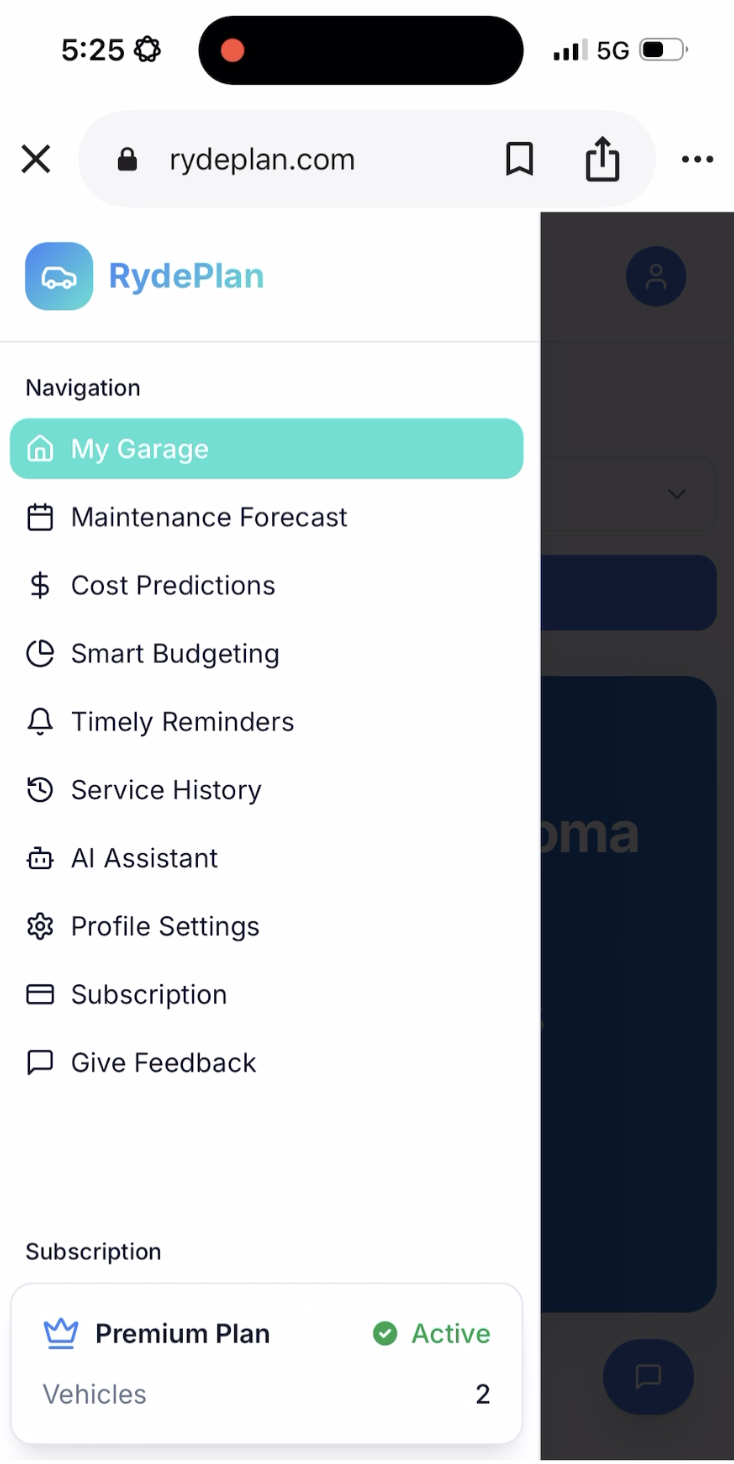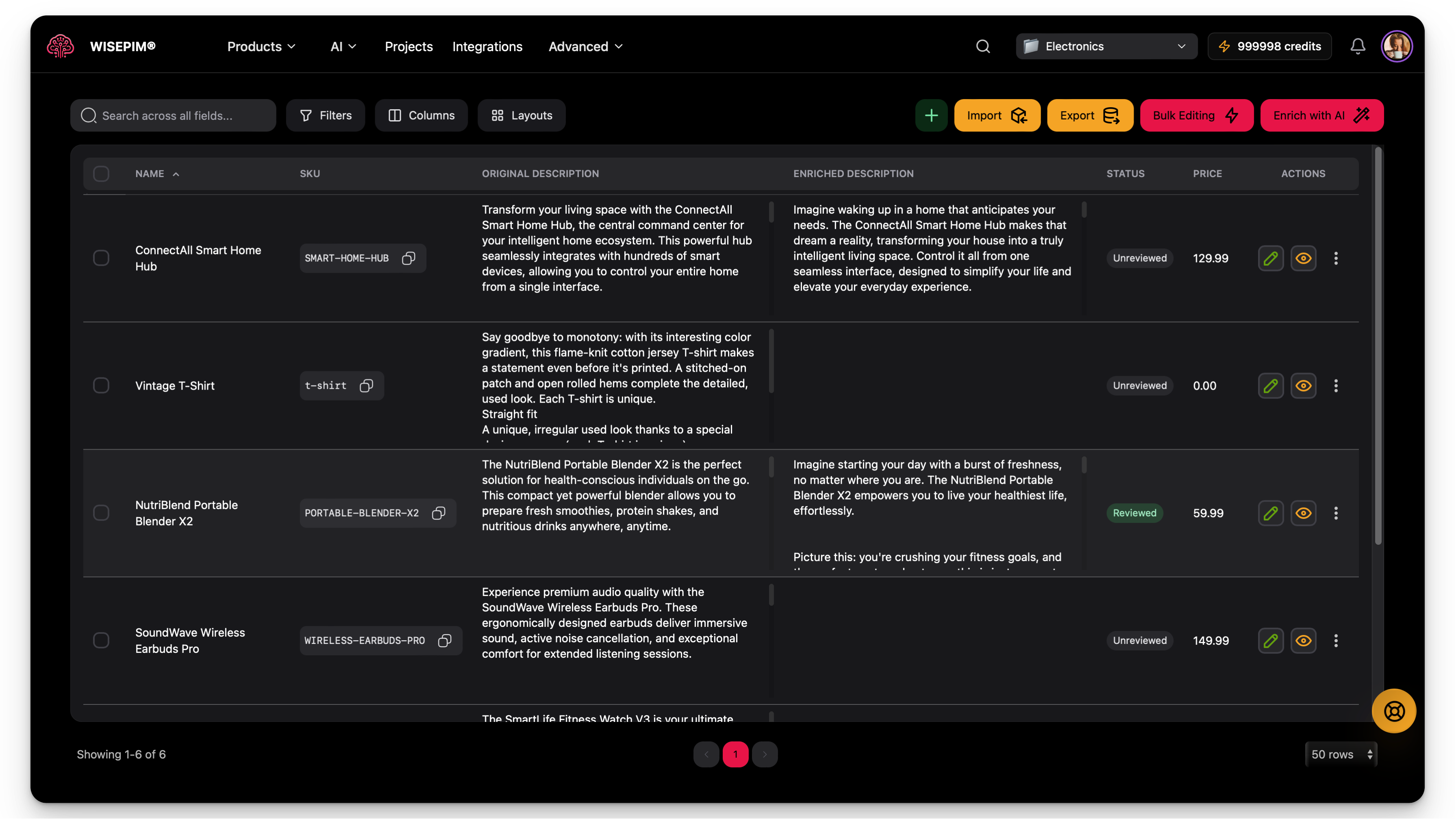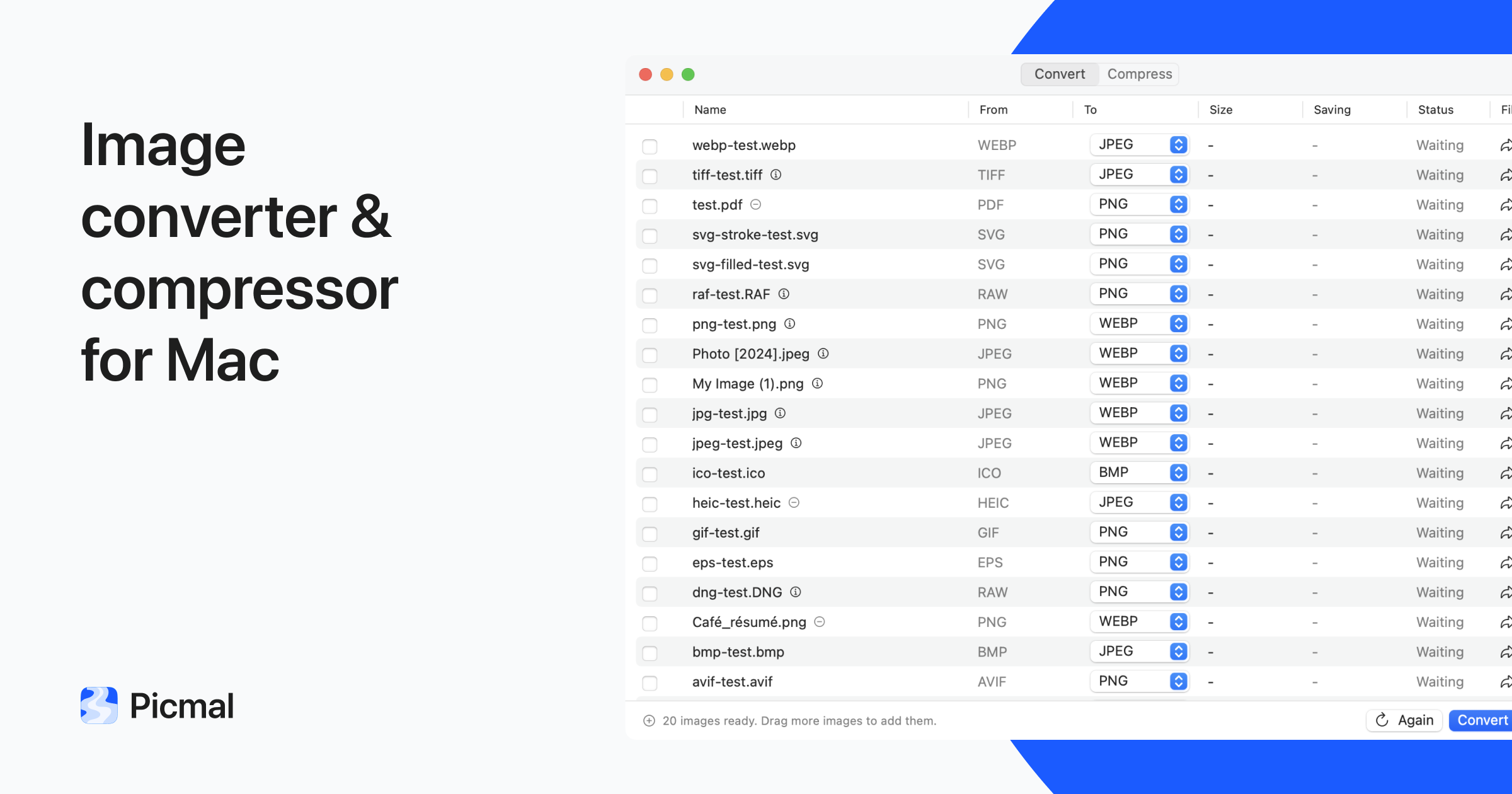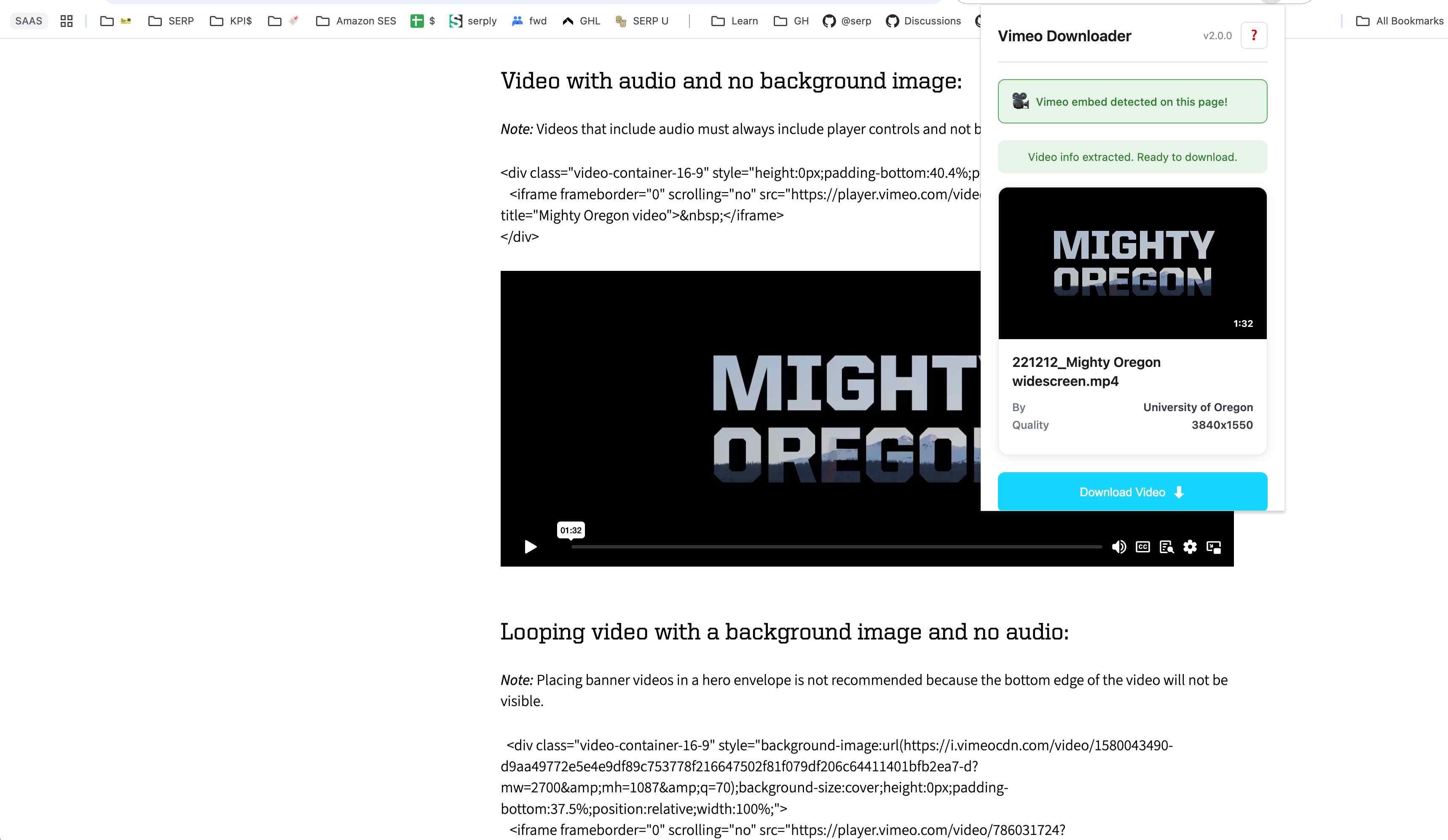ScriptoMate is a powerful and intuitive SaaS solution designed to boost productivity by automating data transformations and various repetitive tasks. It empowers end-users and citizen developers to streamline workflows without requiring any programming skills, making complex automation accessible to a broader audience.
Targeted at individuals and organizations seeking efficient data processing and task automation, ScriptoMate runs natively on MS-Windows desktops and servers, offering robust performance and ease of use.
Key Features
Visual Designer: Compose and run automation scenarios within minutes using an intuitive, BPMN 2.0-inspired visual interface.
Extensive Functionality: Boasts over 300 predefined actions and 240+ predefined functions for diverse automation needs.
Broad Data Support: Seamlessly handles common file formats (CSV, fixed length, Excel, XML, JSON, HTML) and databases (SQLite, ODBC, OLEDB, SQL Server).
No-Code Automation: Designed for citizen developers, eliminating the need for programming expertise to build sophisticated automation.
High Performance: Processes data in memory for dramatically improved speed, supporting background and parallel execution of heavy tasks.
Reusable Logic: Design scenarios once and rerun them with new data, leveraging templates, components, and custom functions for efficiency.
Use Cases
ScriptoMate excels in scenarios requiring efficient data manipulation and workflow automation. Businesses can leverage it to automate routine data transformations, such as converting data between different file formats, cleaning datasets, or integrating information from various sources into a central database. This significantly reduces manual effort and potential errors associated with repetitive data handling.
Beyond data, ScriptoMate is ideal for automating a wide array of operational tasks. This includes managing file operations (e.g., moving, renaming, archiving), automating email notifications based on specific triggers, or orchestrating complex sequences of actions across different applications. Testimonials highlight its utility for "mail, file, and data operations" across an organization, demonstrating its versatility in enhancing overall operational efficiency.
Pricing Information
ScriptoMate is offered as a paid solution, with calls to action like "Buy Now" indicating a direct purchase model. Specific pricing tiers, subscription details, or free trial options are not explicitly detailed in the provided information.
User Experience and Support
The platform emphasizes a clear and simple design, inspired by BPMN 2.0, ensuring a consistent and easy-to-understand way to describe automation scenarios. Its Visual Designer allows users to compose and run tasks quickly, while features like parent-child and linked diagrams, along with annotations, enhance structure, maintainability, and clarity. Support resources, including an FAQ and contact options, are available to assist users.
Technical Details
ScriptoMate is built to run on MS-Windows operating systems, supporting both desktop and server environments. Its architecture prioritizes performance by processing data primarily in memory, which contributes to its fast execution capabilities. The tool incorporates a "best in class" expression evaluator and can execute heavy tasks efficiently in the background and in parallel.
Pros and Cons
Pros:
Highly functional with extensive predefined actions and functions.
Rapid time-to-market due to no-code visual design.
Clear, intuitive, and consistent design inspired by BPMN 2.0.
Exceptional performance with in-memory processing and parallel execution.
Empowers end-users and citizen developers without programming.
Versatile for various data, file, and mail automation tasks.
Cons:
Platform limited to MS-Windows operating systems.
Specific pricing details (e.g., subscription, one-time, tiers) are not provided.
No explicit mention of cloud-native deployment options (though server support exists).
Conclusion
ScriptoMate stands out as a robust, no-code automation platform that significantly boosts productivity for data transformations and repetitive tasks on Windows environments. Its visual designer, extensive feature set, and high performance make it an invaluable tool for citizen developers and end-users. Explore ScriptoMate today to unlock new levels of efficiency in your daily operations.





